Growth in tourism can support low- and middle-income nations’ economic development. When combined with other service industries, the tourism industry boosts the world economy.
In order to maximise the benefits of tourism, developed nations are allocating more expenditures to this sector (Rahman et al., 2018). The tourism sector includes entertainment, dining, shopping, housing, transportation, and beverage purchases.
Pakistan is regarded as one of the world’s most popular travel destinations, drawing tourists from many nations to view its historical and cultural landmarks.
Approximately 2 million people visited the Northern areas in 2017, according to PTDC (PTDC, 2019). Sport, adventure, ecotourism, historical, culinary, and religious tourism are all part of Pakistan’s tourism business.
The last several years have seen a huge influx of tourists into the nation as a result of government attempts to streamline the visa application procedure. Additionally, the administration announced that visitors from 30 locations might enter the nation without a visa (Yousaf, 2021).
The nation is well-known for its breathtaking scenery, mountains, regional cuisine, magnificent mosques and eateries, and friendly populace. The government has launched programmes like “Emerging Pakistan” and “Amazing Pakistan” to boost tourism.
Snapshot of the Tourism Industry
The measures “the set of issues and policies that permit the sustainable development of the Travel & Tourism industry” according to the Travel and Tourism Competitiveness Index (TTCI). 3.34 million jobs, or 5.1% of all employment, are created by this industry (WTTC, 2021).
Nonetheless, the industry’s indirect employment contribution to total employment was approximately 3.550 million jobs, or 6.0% of all jobs, and it is expected to rise by 2.7% to 4.783 million jobs (6.3% of total) in 2027. In WTTC (2017)

Because of inadequate rules and practises, the TTCI index rating was lowered in 2013 (Khan, 2013). With a ranking of 135 out of 136 countries, Pakistan’s visa requirements had the lowest ranking in 2017. Branding and advertising for tourism numbered 125. The hotel rooms had a grade of 129, while the quality of the tourism infrastructure was ranked 123.
However, as a result of the province government’s efforts, the ranking improved in 2019 and 2022. Following devolution, the Punjabi government has registered 640 new eateries and motels. A number of tombs and archaeological monuments are undergoing restoration and reconstruction.
In addition, the government is making sure that public amenities like restrooms, golf carts, benches, and vintage rickshaws are available, all of which have contributed to an increase in tourists (Ahmed, 2022).
The Pakistani government has upgraded the business environment, tourism services, safety and security, health-related facilities, and socioeconomic resilience in an effort to raise the nation’s standing.
Different Types of Tourism In Pakistan
Religious Tourism
According to Yeoman (2009), religious tourism is the practise of travelling to a shrine, holy site, or place of worship with the intention of sightseeing. The nation is home to both Islamic and non-Islamic heritage sites, including the Gurdwaras at Hasanabdal and Nankana Sahib.
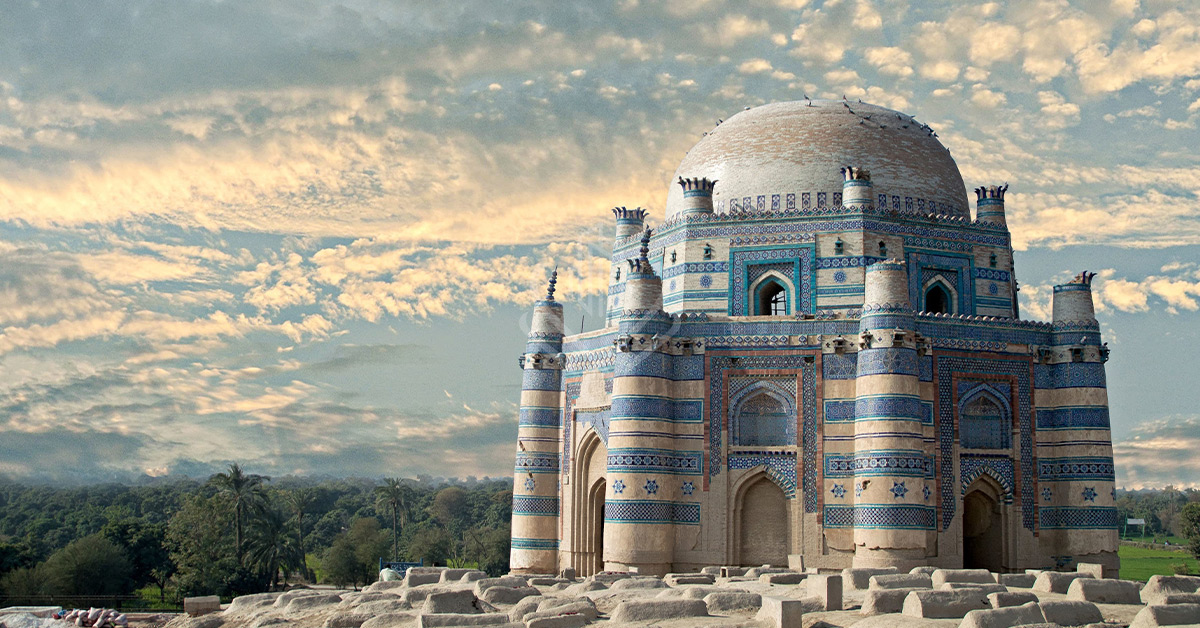
The shrines are located in Sindh, Shah Abdul Latif Bhattai, Data Ganj Bakhsh Ali Hujwairi, Hazrat Baba Fariduddin Ganj-e-Shakar, Mian Mir, Shah Hussain, and Bahauddin Zakaria in Punjab (Rasul, Fatima, & Sohail, 2016).
Archaeological and Historical Tourism
Ancient archaeological sites from several ancient civilisations can be found in Pakistan, including the Buddhist Takht Bhai and Pushkalavati civilisation in the Gandhara and the Mohenjo-Daro and Harapa civilisations in the Indus Valley.
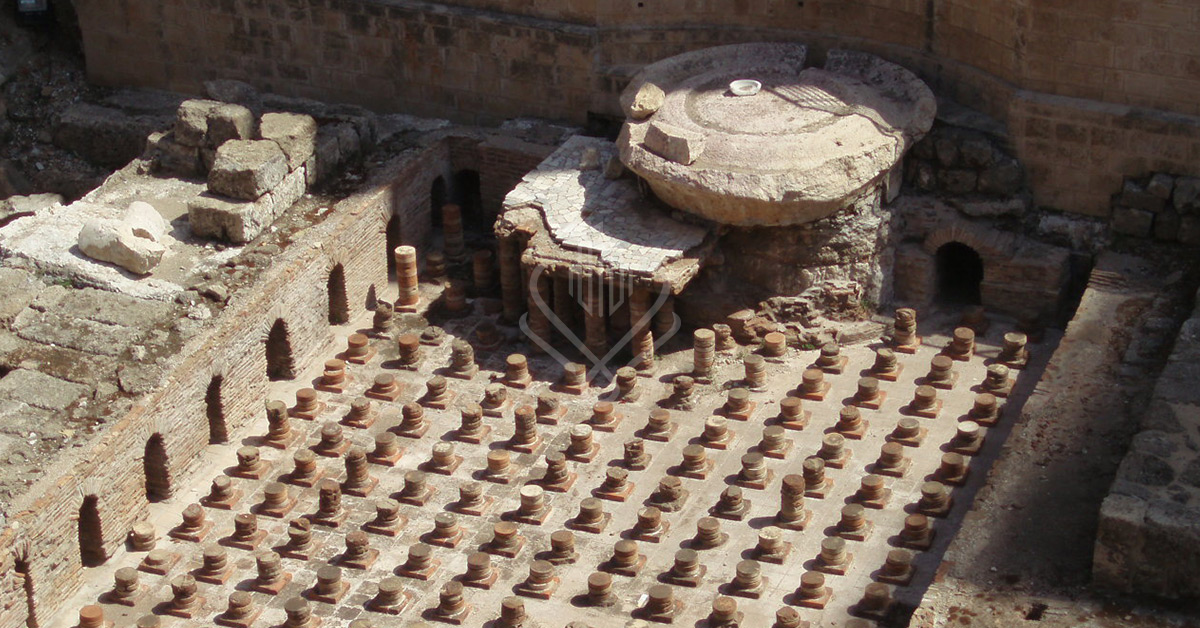
The Zend Avesta lists Gandhara as one of the world’s six most beautiful spots. Among the well-known archaeological sites are Takshashila (modern-day Taxila), Varmayana (present-day Bamyan), and Purushapura (present-day Peshawar, popularly known as the city of men).
Ecotourism
The major goals of eco-tourism are sustainable travel, conservation, and community building. The primary cultural assets supporting ecotourism include museums, festivals, handicrafts, events, and regional foods.

Glaciers, high mountains (Karakoram, Himalayas, and Hindu Kush ranges), alpine meadows, craggy cliffs, coniferous forests, sub-mountain scrub forest, a variety of flora and fauna (endemic and migratory), deserts, beaches, coastlines, and wetlands are some of the top ecotourism destinations in Pakistan.
The Shandur Polo Festival, Kalash Festivals, Silk Rout Festivals, Khanpur Water Sports Festival, as well as the host community’s costumes, cuisines, and hospitality are all included in the cultural festival.
Adventure Tourism

A select few locations in northern Pakistan are well-known for their beauty and grandeur. Shangla, Balakot, Hunza, Gilgit Baltistan, Chitral, Muree, Naran, and Neelum Valley are among these locations. The world’s highest plateau is thought to be the Desai Highland. However, Pakistan is home to five of the world’s tallest peaks: K-2, Nanga Parbat, Gasherbum 1, Broad Peak, and Gaseherbum 2.
Snags of the Tourism Industry
Absence of a Tourism Body at the Federal Level
The Federal Ministry of Tourism was disbanded in 2011 following the decentralisation of government brought about by the 18th Amendment. There is now a chasm in the way that the issues facing the tourism industry are being addressed.
Certain difficulties, such those pertaining to visas, building the nation’s reputation overseas, the nation’s security status, and enhancing the calibre and services provided by the tourism industry, may only be handled by the federal government (Iqbal & Shahbaz, 2017).
Safeguard of Tourist
Pakistan has suffered greatly as a result of terrorism. The nation has suffered great financial and human loss in the fight against it. It has had a serious impact on the nation’s infrastructure. Pakistan is witnessing a decrease in tourism activity as a result of terrorism and deteriorating infrastructure.
Travel-related activities were adversely affected by the terrorist assault (Henderson et al., 2010). Travellers from abroad steer clear of areas where there is a high risk of terrorism.
Difficulty in Acquiring a Visa
Travellers are hesitant to travel to Pakistan because of the country’s uncertain political and economic conditions. In contrast, tourists find it challenging to obtain a visa. When travellers cross into Pakistan from India, this issue becomes even more pressing.
Lack of Coordination among the Department
The tourist industry is comprised of various areas, including forestry, environment, and others. These departments lack coordination, which makes it difficult for them to overcome obstacles and position themselves as leaders in the tourism industry. As a result, fewer tourists visit the area.
Private and Public Partnership
Building resilient infrastructure for the tourism industry requires a significant commitment from the government, which finds it challenging to provide these kinds of money. In this sense, the private sector can help and can take part in projects aimed at developing the tourism industry. To engage the private sector, Pakistan needs a supervisory framework that outlines the roles and responsibilities. The nation does not currently have a set of policies that would draw in investment from the private sector.
Impotence Tourism Institution
Following the 18th Amendment, the province government is in charge of managing the tourism department.
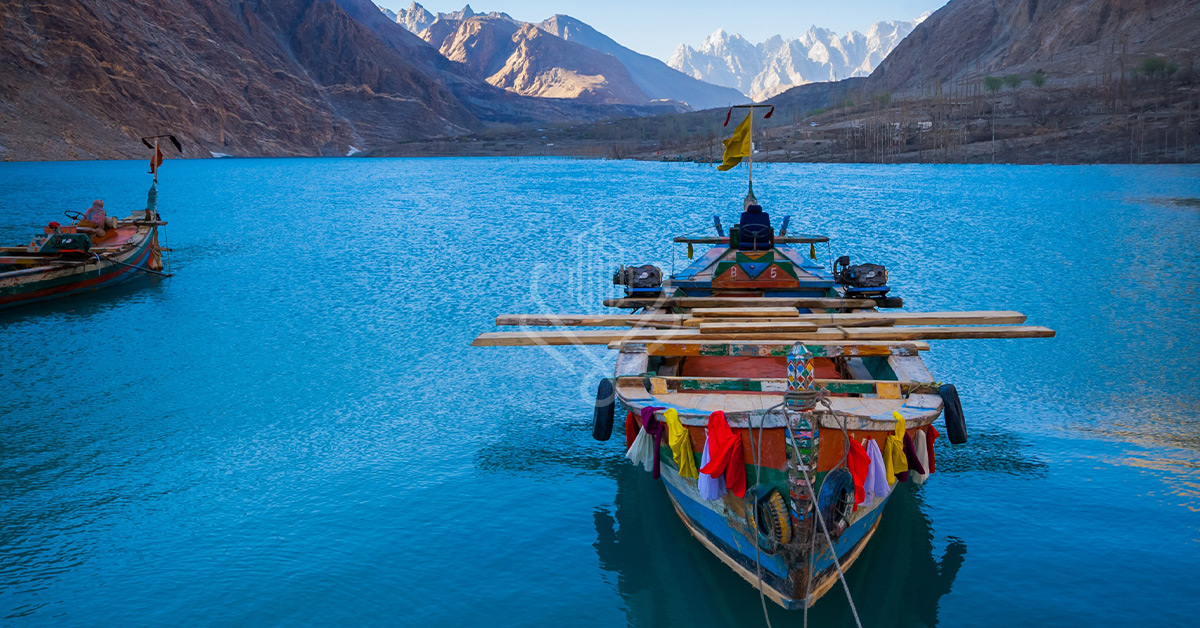
The Tourism Development Corporation of Punjab (TDCP), Tourism Corporation of Khyber Pakhtunkhwa (TCKP), Sind Tourism Development Corporation (STDC), Culture, Tourism and Archives Department Balochistan, Tourism Department Gilgit Baltistan, AJ&K Tourism, and Archaeology Department are just a few examples of the provincial governments that have the freedom to operate.
These organisations lack the knowledge and capacity to advance tourism via archaeology, research, creative growth, and local customs and culture.
Absence of Certification Criteria
As of right now, lodging facilities and restaurants do not adhere to certification requirements for service quality. Although the hotels intend to use the star system to enhance performance, these standards are not followed.
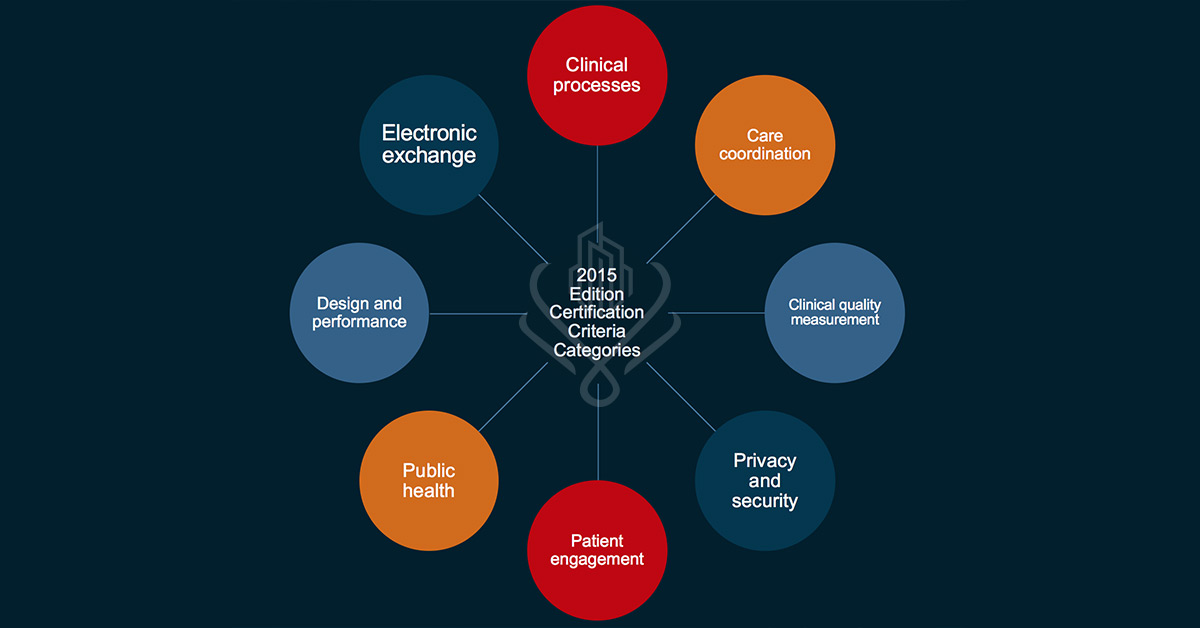
Enacting legislation is crucial to upholding standards for lodging, tour guides, and travel firms in order to promote sustainable tourism. The Pakistan Hotels and Restaurants Act of 1976, the Travel Agencies Act of 1976, and the Pakistan Tourist Guides Act of 1976 are among the statutes.
Marketing and Promotion
The lack of suitable inclusion of the planned strategy for promotion and marketing in policies and the planning process prevented the country from becoming a popular tourism destination. The tourism specialist emphasised that the current publicity for tourism is disorganised and that the entire endeavour at promotion was unsuccessful due to insufficient funding.

Pakistan hasn’t been able to launch an effective brand to highlight its tourism potential in the last 70 years. The majority of nations have created brands to encourage travel; India, for example, created the brand “Incredible India” (Iqbal & Shahbaz, 2017).
Insufficient Information on Governmental Website
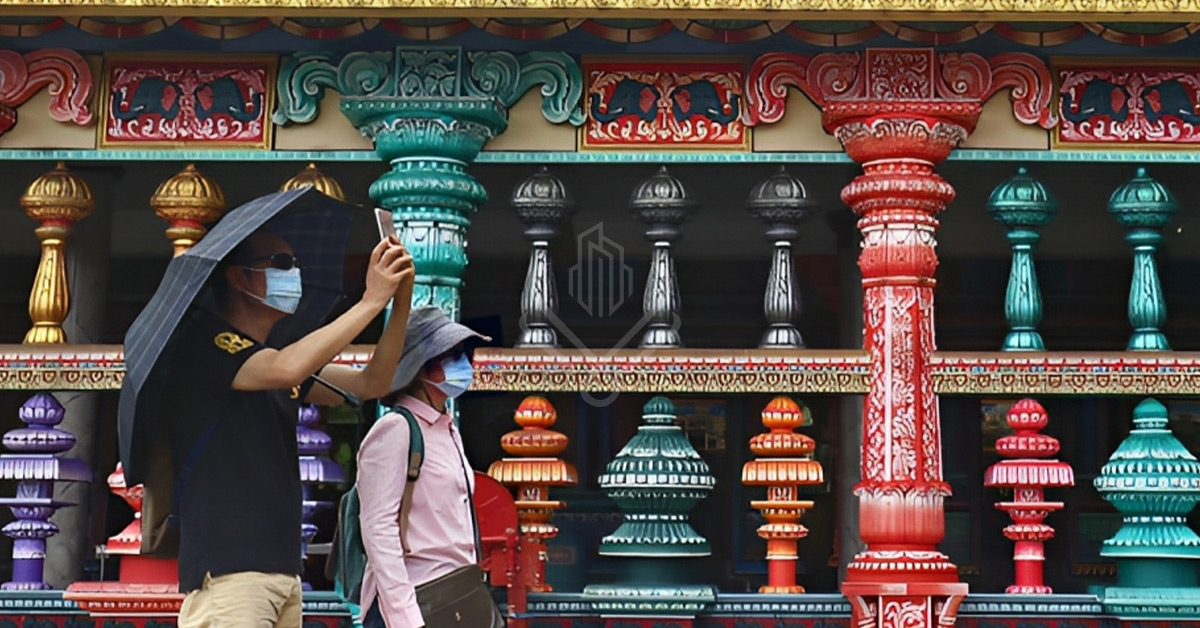
Websites for provincial tourism establishments do exist, however they don’t offer enough details regarding the availability of lodging, tour guides, and transportation. Offering all-inclusive internet tourism PR packages is necessary to encourage travellers to explore the nation’s destinations.
Dilapidated Tourism Infrastructure
Adequate infrastructure is necessary for a well-functioning industry. Access to roads, airports, automobile transportation, railway tracks, lodging facilities, tour operators, etc., is the primary component of infrastructure.
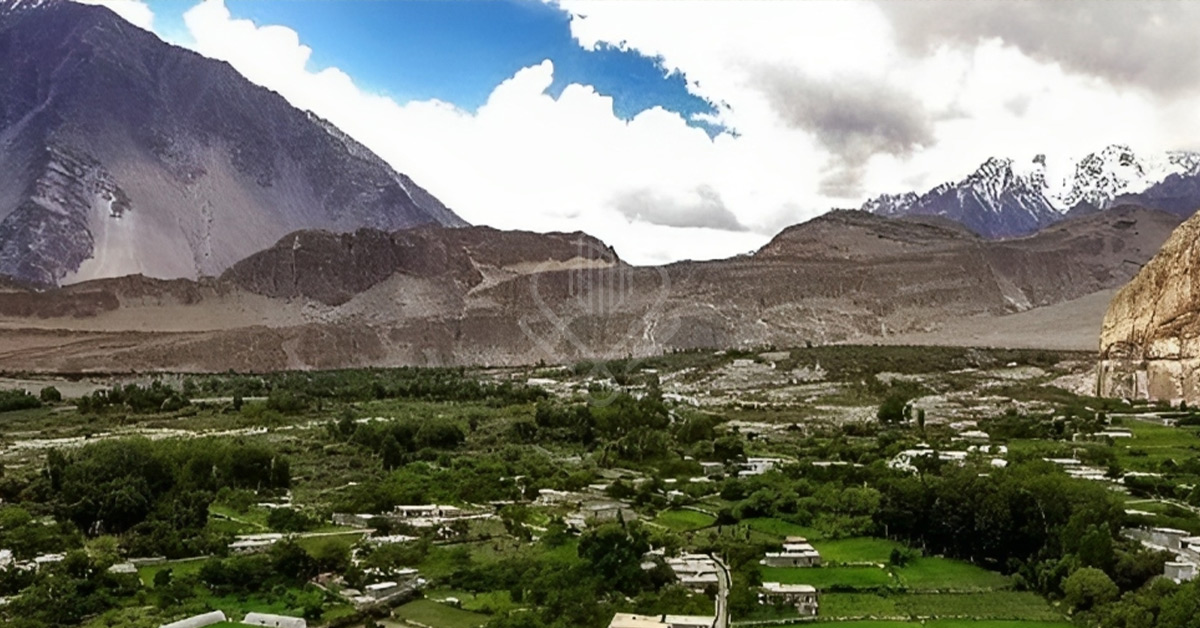
The government is not focusing enough on renovating the current infrastructure or constructing new ones, and as a result, the general state of the infrastructure is not improving. A proper plan for the development of new sites does not exist.
The surrounding tourist destination is losing value due to erratic development that is bad for the environment. Major upgrades must be made to the roads and trains. In addition, the roadways require maintenance (Baloch, 2007).
Human Resource Development
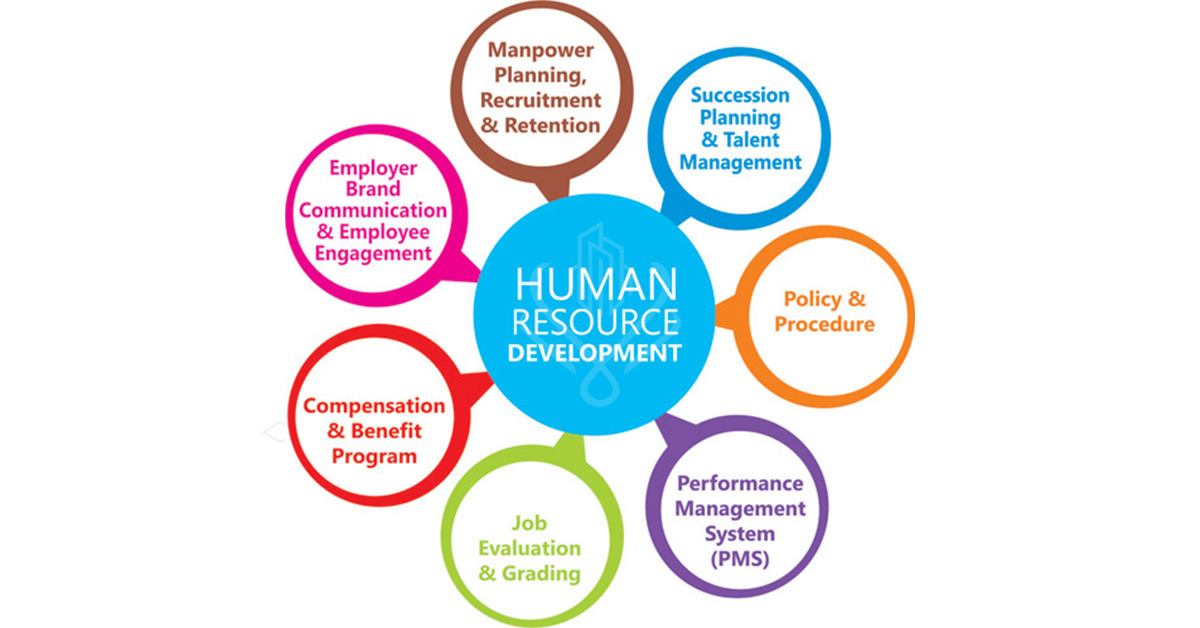
The tourism industry is directly linked with the hospitality industry, which is service–oriented and requires skilful manpower. A shortage of skilled workforce causes the low quality of services presented to the tourists and difficulty in maintaining standards, discouraging the tourists (Rana, 2015).
Suggestions to Improve the Tourism Industry in Pakistan
- It is the responsibility of the government to ensure that both domestic and foreign tourists are in a safe environment.
- All needless restrictions on the travel of foreign visitors ought to be removed. To guarantee the prompt granting of permits for mountaineering, trekking, and travel-related no objection certificates, an institutionalised strategy needs to be developed.
- To draw in foreign visitors, it is essential to promote the substantial buildings of popular tourist places and to emphasise cultural value such as traditional festivals.
- The employment of various media, including radio, television, newspapers, and social media, is crucial for the dissemination of information about tourism.
- The government can use high commisions and embassies in different nations to its advantage by setting up liaison offices there to enlighten travellers on visa requirements, travel options, etc.
- The government ought to incentivize the official to take part in international conferences and fairs in order to boost tourism.
- The nation has enormous potential for religious tourism, and the various levels of government should create programmes to safeguard religious sites, promote religious tourism globally, and provide services and hospitality to visitors who wish to visit the holy locations.
- Good transportation infrastructure should be included, such as highways, airports, seaports, railways, cargo terminals, and hotels.
- To increase the potential for tourism, each province should create and implement a tourist policy. It should include investment plans, laws and regulations pertaining to tourists and tourism, and socioeconomic goals for boosting the expansion of the tourism industry.
- In order to address the issue of scarce funding, the government must implement policies that encourage private sector participation in infrastructure improvements and provide incentives such as interest-free loans and tax breaks.
- The hotel business should modernise its whole structure to meet international standards.
- The nation has to establish training programmes and courses in tourism and hospitality at several universities in order to enhance the quality of the service.
- Enforcing laws is one of the appropriate activities that the concerned authorities should take to reduce environmental pollution.
Our Featured Article:
Read More: Top 5 Travel Tips for Your Adventure Tour in Pakistan
Don’t miss the chance to invest with Lakeshore! Secure your investment today by investing your financial investment with Lakeshore in the following available options like Lakeshore City, Lakeshore Club, and Lakeshore Farms.
For More updates, please Contact +92 335 7775253 or visit our website https://lakeshorecity.com/
Lakeshore City is the upcoming elite lifestyle at Khanpur Dam. Offering no parallel amenities for the members and owners of distinguished farmhouses.
Become Part of Luxurious Lifestyle
Contact: 0335 7775253



